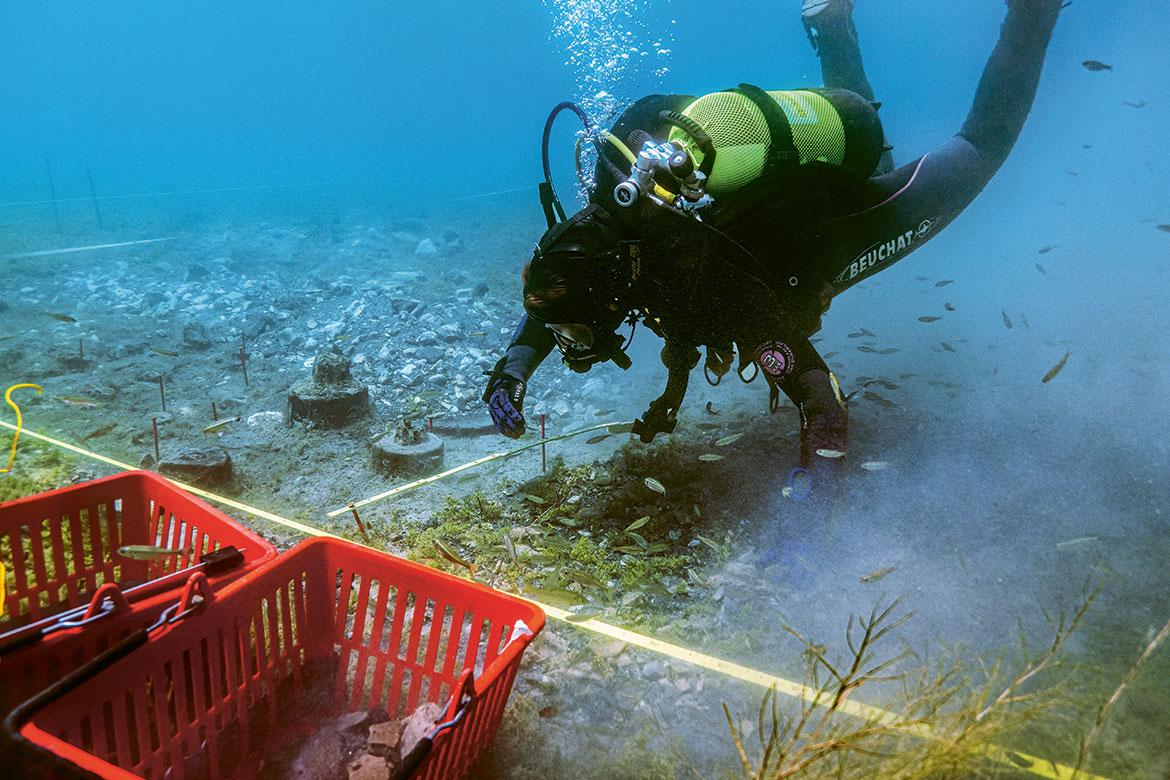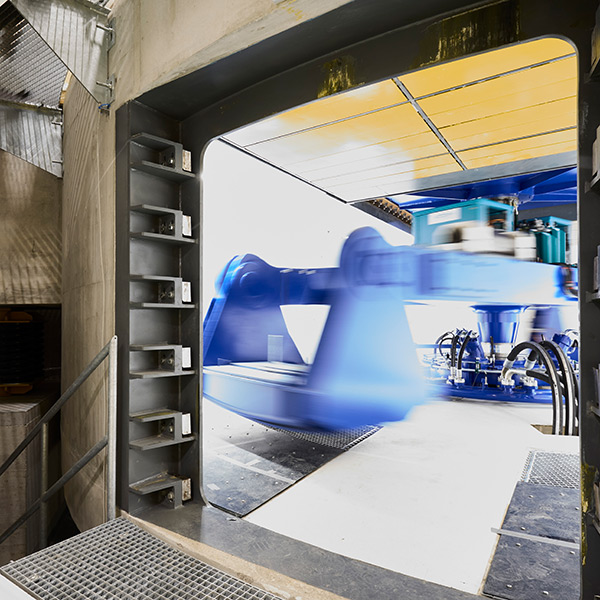ARCHAEOLOGY
Pile-dwelling farmers were climate-resilient
Less than 200 years after these settlements disappeared from the banks of the Swiss lakes, they reappeared.

Underwater archaeology in Lake Biel, where five pile-dwelling sites have been found. | Photo: University of Bern
In around 3400 BC, the many Neolithic pile-dwelling settlements in the Swiss Lake District temporarily disappeared. This coincided with fluctuations in the climate and rising water levels. Some commentators believe that the population collapsed on account of these climate events.
The archaeologist Caroline Heitz and her colleagues have come to a more optimistic conclusion, however. They believe that these people were more resilient than previously thought. They initially moved into the hinterland, but left no traces there, and then returned to the lakes after about 180 years. Their building techniques and ceramic vessels were similar to those used by the previous lake-dwellers, which suggests a degree of cultural continuity.




